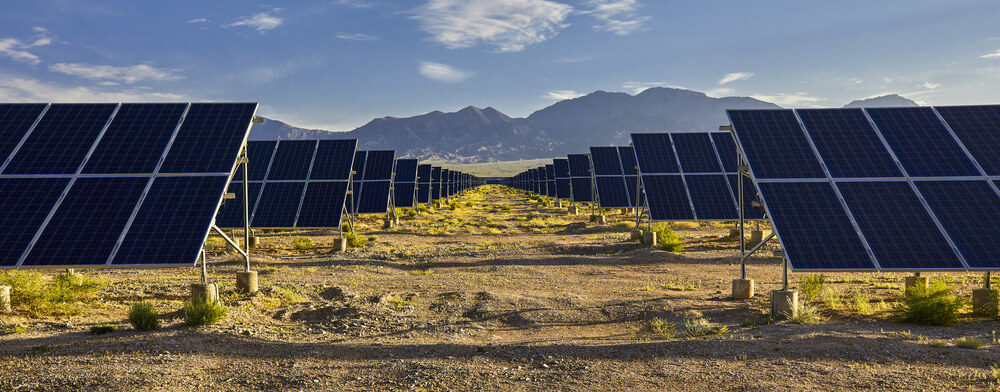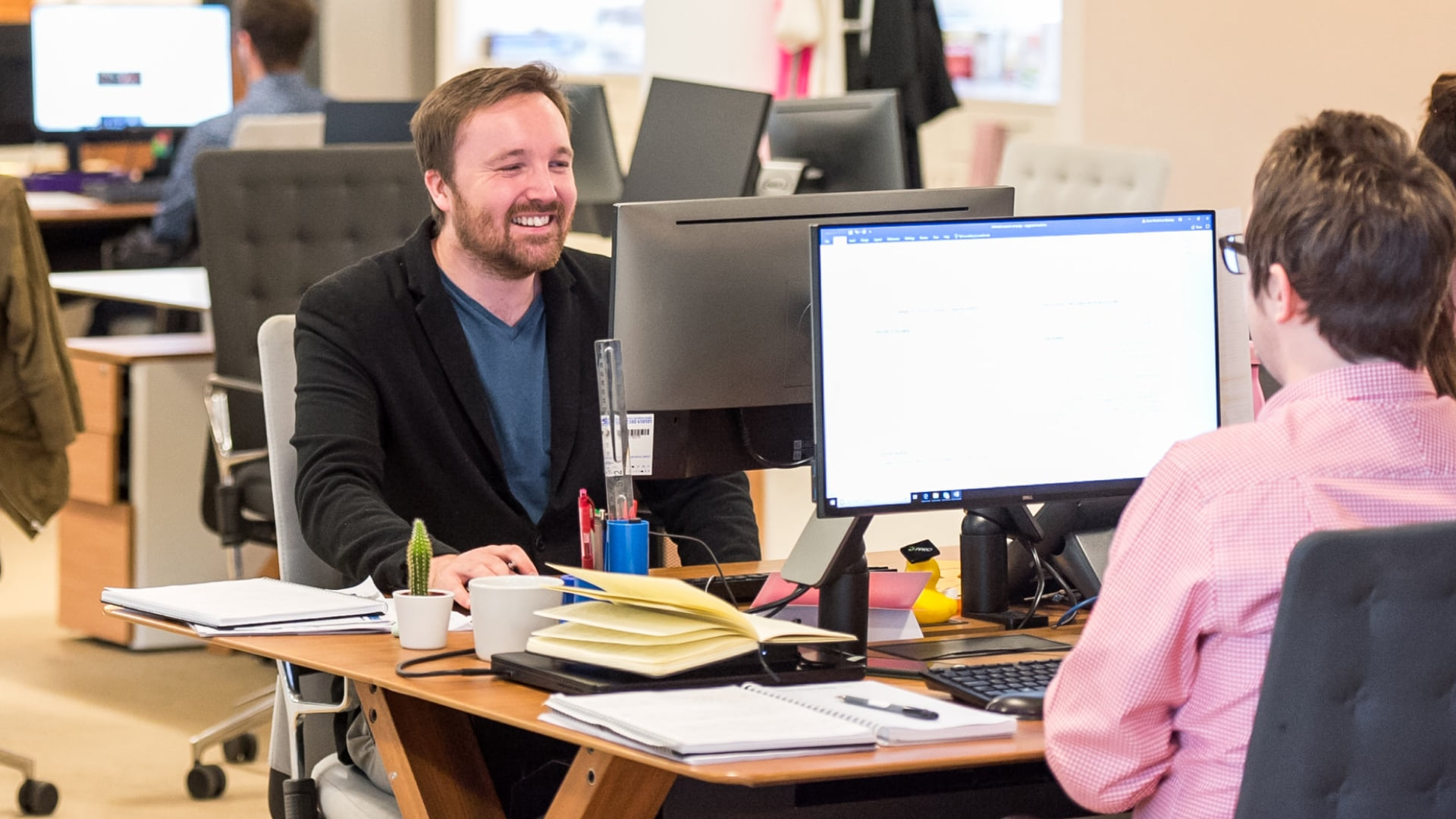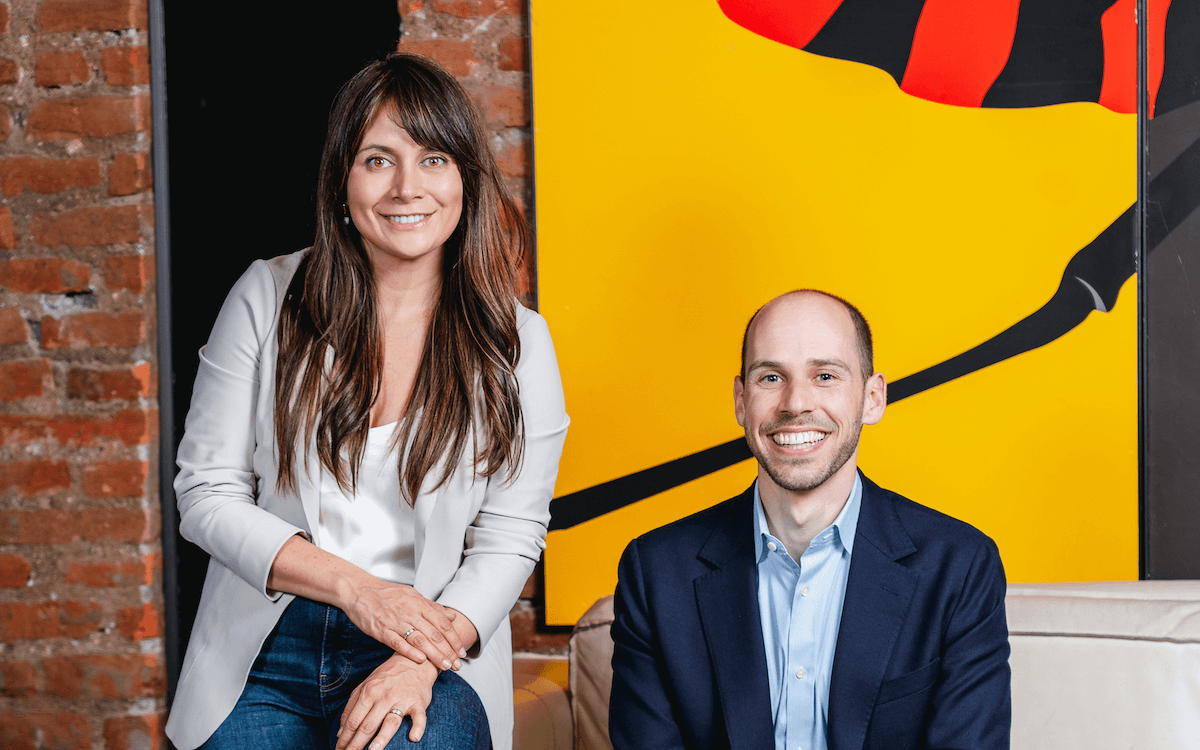Greetings, ImpactAlpha readers!
#Featured: ImpactAlpha Original
Hurricanes add urgency to climate resiliency investing. We’re only beginning to tally the devastation from hurricanes Harvey, Irma and now Maria — and the wildfires in the Western U.S. and the monsoons in Bangladesh andthe floods in Nigeria and across South Asia. Climate change is increasing the size, intensity and cost of natural disasters.
The risk of not doing anything is rising, says David Bank, ImpactAlpha’s editor and CEO, in the latest edition of ImpactAlpha’s Returns on Investment podcast. “Mitigating those risks then presents all sorts of opportunities for financing solutions.” Reef insurance, forest resilience bonds, and mechanisms to help residents finance stronger roofs and other financial instruments can defray costs, transfer risks and build needed infrastructure for coastal communities and others that suffering these consequences.
Impact investors shouldn’t shy from advocating for a political response to climate change, says Imogen Rose-Smith, who recently left Institutional Investor to join the University of California’s investment office as an investment fellow. “The impact investment community would be much better served by talking about the political aspects of [climate change].” The community straddles the worlds of not-for-profits, finance, high net worth and public policy, says Rose-Smith, “It has long been very well versed on looking for political avenues.”
Read, “Hurricanes add urgency to climate resiliency investing,” By David Bank on ImpactAlpha:
Hurricanes add urgency to efforts to make climate resilience investable (podcast)
Then listen to the podcast:
https://medium.com/media/8c3aacc51fd93d95948bd6c177f57b9d/href
#Dealflow: Follow the Money
“Hey we are flooded in dealflow”…a text from ImpactAlpha’s deal guru Jessica Pothering.
The Lab introduces six climate-finance initiatives. The Lab is a three-year-old incubator that has mobilized more than $800 million for low-carbon and green initiatives. Among its new investment streams: Cloud Forest Blue Energy Mechanism aims to support 60 million hectares of forest conservation and restoration in Latin America in partnership with hydropower producers; Climate Smart Cattle Ranching, whose goal is to encourage Brazilian ranchers to adopt sustainable practices; and CRAFT, a private equity fund for climate adaptation technologies. The full list is available here. Blackrock, DeutscheBank and several other investors and policy makers are backing the initiatives. The Lab itself is supported by the Rockefeller Foundation, Bloomberg Philanthropies, the Packard Foundation, U.S. Department of State, Netherlands Ministry for Foreign Affairs and other government and philanthropic organizations. In June, it launched Climate Investor One, which raised $412 million.
Mesoamerica and Polymath partner to build Latin American impact startups. Polymath conceives and develops Latin America-based startups then brings on entrepreneurial teams to take them to scale. Private equity firm Mesoamerica has come on board with a $40 million investment fund to back Polymath Ventures’ Series A and B funding rounds. Since 2012, Polymath has launched seven companies, including Táximo, a taxi administration company; Aflore, a financial services firm serving Colombia’s unbanked; and KIDU, a network of early-education centers. Together the companies have raised more than $20 million in investment capital.
Ford Foundation backs Detroit housing development. The Platform is a private developer that creates neighborhood-development plans focusing on market-rate and affordable housing in parts of the city outside of previous downtown revitalization efforts. New York-based Ford Foundation has committed $10 million to the effort — one of the early investments in a commitment of $1 billion from its endowment to social and community impact investments (see, “Ford Foundation to tap endowment for $1 billion to fight injustice and inequality”). “The city is resurging. (But) by the same token, not everybody is a part of that,” Xav Briggs, a vice president at Ford Foundation, told Crain’s. The project has raised a total of $27.5 million, including $7.5 million from Stephen Ross, the billionaire developer and Miami Dolphins owner, and $10 million of The Platform’s own capital.
WaterEquity gets $20 million from OPIC for third impact fund. The fund — a subsidiary of Matt Damon’s Water.org — supports microfinance institutions that provide credit to low-income households to install in-home toilets and water connections. WaterEquity’s WaterCredit Investment Fund 3 launched in April with $5 million in debt capital from Bank of America and a goal of raising $50 million. Water and sanitation for the global poor is a $12 billion market, WaterEquity estimates. The fund expects to reach 4.6 million people in South and Southeast Asia over the next seven years. The investment from the Overseas Private Investment Corporation is the development finance institution’s largest to date in water and sanitation.
Denmark launches fund to mobilize $5 billion for the Global Goals. The $1 billion SDG Investment Fund aims to attract $5 billion from private investors over the next four years to tackle the U.N.’s 2030 agenda in low- and middle-income countries. “I hope pension funds will join in, but we’re not there yet,” the Danish minister for Development Cooperation said in an interview (paywall). Still $5 billion is a sliver of the $7 trillion needed annually to meet the goals. The U.N. is planning a summit next year specifically focusing on how to drum up more private capital for the goals.
See all of ImpactAlpha’s recent #dealflow.
#Signals: Ahead of the Curve
In rural India, more solar, better healthcare. Sustainable Development Goal №3, good health and well-being, say hello to SDG №7, access to energy. A new study suggests that installing rooftop solar on health clinics can have a profound effect on health outcomes for the poor. Half of all primary-care clinics in India lack access to regular, reliable supplies of electricity, affecting almost 40 million households. The result: power outages during childbirths, loss of vital medicines without refrigeration, and reduced access to water without electrically powered pumps. In response, between 2012 and 2016, the government in the state of Chhattisgarh equipped 570 primary-care centers with 2 kW rooftop photovoltaic systems with battery backup. For the study, CEEW India, a think tank, surveyed 147 health centers, 83 with solar systems. Of the centers with solar, 84% responded that they were able to meet all their electricity needs, and 98% said solar power has helped with day-to-day functions at the health centers. Nine out of 10 of the centers with solar reported electricity cost savings. A few other findings: Solar reduced the impact of power cuts on the ability of the health centers to provide services. Those surveyed reported that services including cold chain, in-patient care, and deliveries, for example, were less impacted to the solar installations. If all public health centers in the country installed solar, it would achieve about 1% of India’s goal of connecting 40 gigawatts of rooftop solar by 2020, the report’s authors write. At the same time, they say, “electricity access can be an enabler to achieve the National Health Mission’s health targets.” Here’s a summary of the findings. Full report here.
#2030: Long-termism
Gazing deep into the population crystal ball. Faced with soaring birth rates, Ghada Wali, the Egyptian Minister of Social Solidarity, recently announced a program called “Itnein Kifaya,” or “Two is Enough,” that focuses on the poorest regions with the highest fertility. Egypt’s total fertility rate, or the average number of children born to a woman in her childbearing years, is four, compared with a global rate of 2.5. Wali said that unless trends change, the total population could reach 128 million by 2030.
Most population scenarios project to only about 2030 and, barring large-scale catastrophe, see population continuing to climb. Few look far beyond mid-century, but a 2013 study sought to do just that. For the authors, the key question is how low can fertility fall in modern societies where “social norms” set expectation about ideal family size. For example, even after China phased out its “one child per family policy” in 2015, the next generation are still likely to have fewer children, the authors write. Indeed, urban women in China have a fertility rate of about 0.75 — well below population-replacement levels.
Following this logic, the study projects that global population would peak before 2050 then fall to 2.6 billion in 2100, then plunge to a mind-boggling 150 million by 2200. How could this happen? “Demographic transition,” led by developed countries, has resulted in global fertility rates falling from 4.9 in the 1960s. Some experts anticipate that the decline won’t halt at a replacement level of 2.1 in many countries.
Still, the researchers admit that this outcome is unlikely. For one thing, Africa has the highest fertility rate in the world, at 5.0. If it remains stalled there, population could reach a Malthusian 355 billion by 2200 in sub-Saharan Africa alone (though no doubt checked in some way by increasing mortality). The key to reining in such a population explosion lies in understanding the current challenges facing women and empowering them, with equal pay, educationand access to birth control.
Onward! Please send any news and comments to TheBrief@impactalpha.com.












